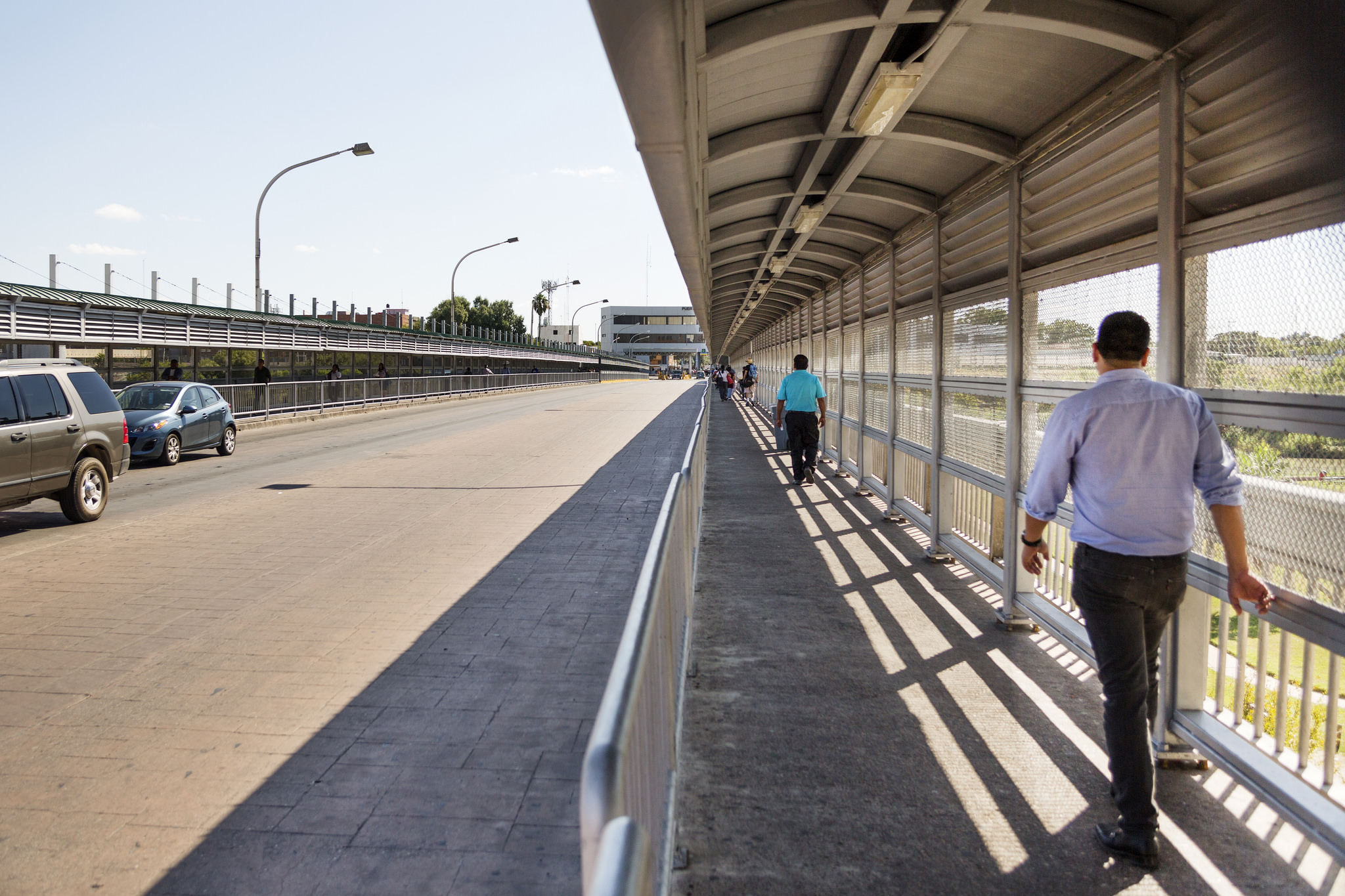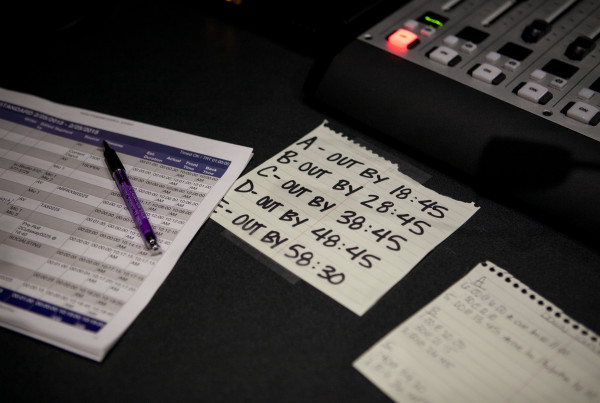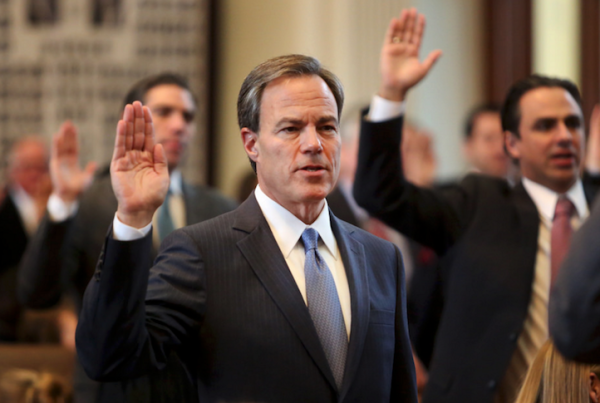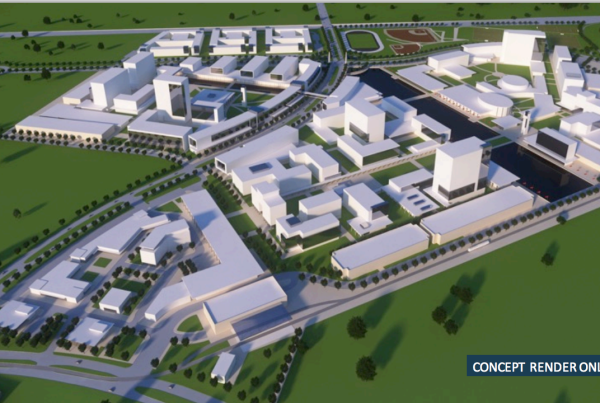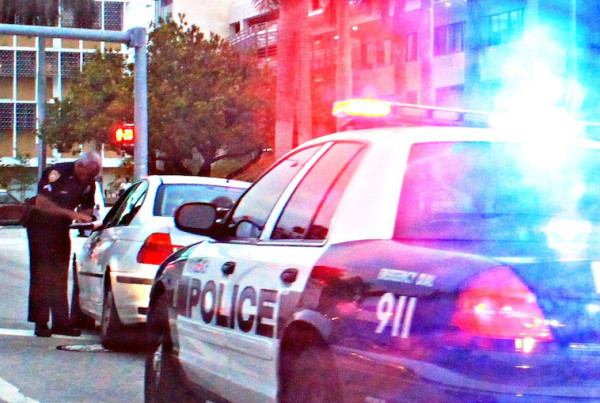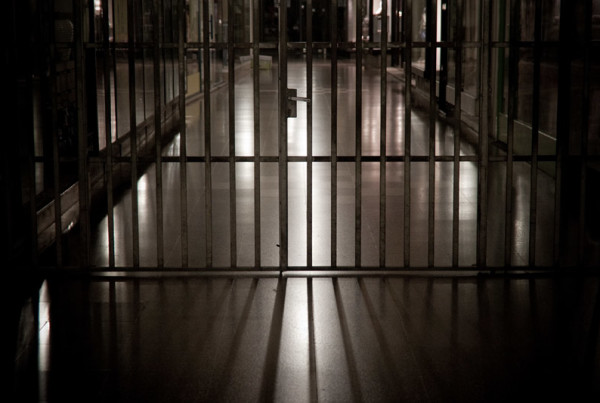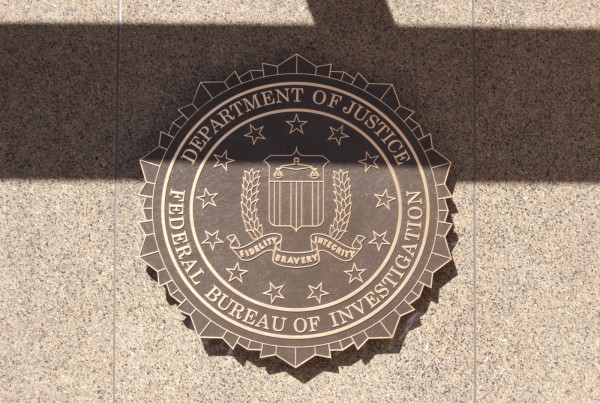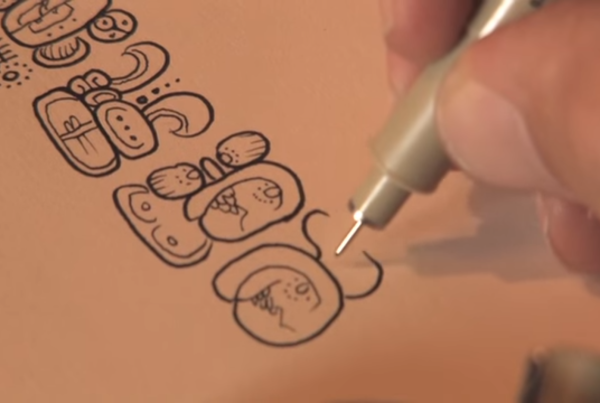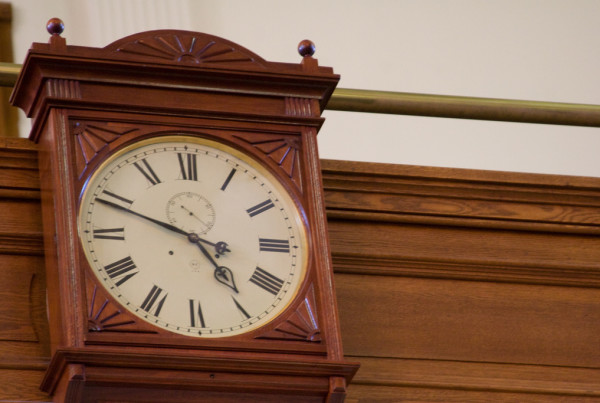There have been a lot of non-Texans talking about the southern border lately. Presidential hopefuls, public officials and others seem to all have opinions on what’s wrong with border security and how to fix it.
Take, for instance, talk-show host Sean Hannity. “[We need] virtual fences, virtual surveillance – impenetrable border,” he says.
Not to be outdone by media personalities, Georgia Republican Lynn Westmoreland from the U.S. House Intelligence Committee has also weighed in. “We are going to do whatever it takes to make sure that our citizens and our homeland is protected,” he says.
Invariably, protecting the homeland means protecting the border, and it’s a message presidential candidate Donald Trump has embraced. “When are we going to beat Mexico at the border?” Trump says. “They are laughing at us. I would build a great wall and nobody builds walls like me – believe me.”
Whatever the public’s perception of the border, people who actually live there are puzzled by these messages. To find out more about what people on the border think, I needed to get as close as possible.
Lalo Garcia manages a museum very close to bridge number 1 – the main bridge connecting Laredo, Texas to Nuevo Laredo, Mexico. He and I were walking about a block away from the border.
“If you walk right there – you are actually three-fourths on the bridge – right here on the corner,” he says.
So, I was in the right place. Next I needed to find out what people think when they hear Washington politicians talk about the border.
Designer Bill Luft and his friend Elizabeth Romano-Sames are remodeling a building a few steps from the museum. “If we are watching national news – we are going ‘What?’ it sounds like we are having to duck bullets or something,” Luft says. “It’s crazy. It’s nothing like any close to it at all.”
Romano-Sames says virtually everyone talks about violence and crime at the border, but her experience in the two decades she’s lived there is opposite. “It’s ridiculous! San Antonio has tons of crime. Austin has tons of crime. How many shootings are there everyday in San Antonio in the east side or the west side or south side?” she says. “I mean c’mon – let’s get real! Look at Houston! Look at Washington!”
The FBI is looking at the rest of the nation. In fact, it releases yearly crime statistics based on its observations. Last year’s statistics showed every city along the Texas-Mexico border to have fewer murders than other major U.S. cities.
Ruben Villarreal is the former mayor of Rio Grande City, Texas, more than 100 miles north of Laredo, but still along the border. He says it’s a safe place to live. “It’s dynamic, it’s thriving,” he says.
There are, of course, some problems Villarreal says, but they’re not the problems politicians choose to highlight. For instance, when Villarreal was mayor, his budget never allowed him to have a fully staffed police department. The city managed. But last summer when thousands of undocumented children from Central America were crossing through Rio Grande City, cops were strained.
“My police officers weren’t doing law-enforcement work in school-zones or in parking lots or in neighborhoods, they were basically doing the duties of immigration just to make sure that those immigrants got taken care off correctly,” Villareal says.
He says their approach was always compassionate, not only because they are used to seeing people crossing the border through their town, but also because never before had they seen toddlers and teens crossing.
Back in Laredo, locals will admit, there are challenges. The city’s outskirts are growing but downtown is all but dried up. That’s why Romano-Sames, Luft and others are revitalizing buildings in downtown Laredo to bring back the boutiques and the cafès. They want to beat what they call the “propaganda machine” and bring tourists back.
You can call cities along the border as many adjectives as you want, but those like Luft, Romano-Sames, Villarreal and millions more like them call the border home.


